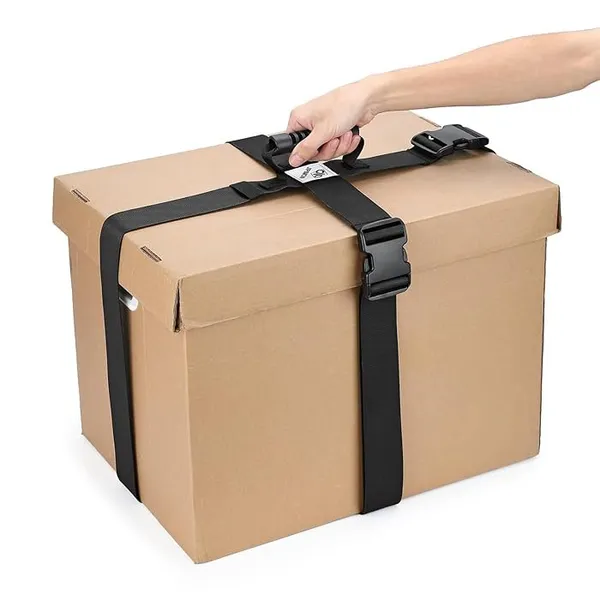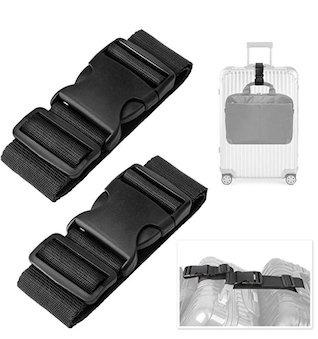Plastic Buckle Tie-Down Straps: A Safe and Cost-Effective Solution for Cargo Transport
- Plastic buckle tie-down straps are a popular type of strap used to secure and protect cargo during transport. They are favored for their many advantages, including high strength, low cost, ease of use, and versatility in application.
Advantages of Plastic Buckle Tie-Down Straps:
-
High strength: The straps are made from high-quality synthetic plastic, capable of withstanding significant pulling force and weight, ensuring the safety of cargo throughout the transportation process.
-
Secure plastic buckles: The plastic buckles are designed with a strong grip, firmly securing the tie-down straps and preventing them from loosening during transport.
-
Easy to use: Plastic buckle tie-down straps have a simple design that is easy to operate, making them suitable for everyone. Simply thread the strap through the buckle and tighten it to secure the cargo quickly and firmly.
-
Cost-effective: Compared to other types of tie-down straps, such as metal straps or fabric straps, plastic buckle tie-down straps are significantly cheaper, saving businesses money.
-
Versatility: Plastic buckle tie-down straps are available in a variety of sizes, lengths, and colors to meet diverse usage needs. They can be used to secure a wide range of cargo, from small packages to bulky items.
Applications of Plastic Buckle Tie-Down Straps:
-
Cargo transport: Plastic buckle tie-down straps are widely used in the transportation industry, securing cargo on trucks, containers, ships, and other vehicles, ensuring safety during transport.
-
Warehousing: Plastic buckle tie-down straps are used in warehouses to secure shelves, pallets of goods, and prevent them from tipping over, ensuring worker safety.
-
Construction: Plastic buckle tie-down straps are used in the construction industry to anchor building materials, support roofing, scaffolding, and other structures.
-
Agriculture: Plastic buckle tie-down straps are used in agriculture to secure crops, support harvesting, and transport produce.
Choosing the Right Plastic Buckle Tie-Down Straps:
-
Determine the load capacity: Identify the maximum load required to secure the cargo. Choose tie-down straps with a suitable load-bearing capacity accordingly.
-
Strap size: Select the strap size based on the cargo's dimensions and weight. Straps that are too small may not withstand the load, while excessively large straps are wasteful.
-
Color: Plastic buckle tie-down straps come in various colors, each potentially carrying a specific meaning. For instance, red straps are often used to indicate danger, while yellow straps indicate caution.
-
Buckle type: There are different buckle types for plastic buckle tie-down straps, each with its own advantages and disadvantages. Choose the buckle type that suits your usage needs and transportation conditions.
Tips for Using Plastic Buckle Tie-Down Straps:
-
Thoroughly inspect the straps and buckles before use: Ensure the straps are free from tears, fraying, or damage, and the buckles are not cracked or broken to maintain cargo safety.
-
Secure the straps properly: Thread the straps through the buckles and tighten them firmly, ensuring the straps are taut and securely fasten the cargo.
-
Avoid overloading: Do not overload the straps beyond their specified load capacity to ensure safety and effective use.
-
Store the straps correctly: When not in use, store the tie-down straps in a dry, well-ventilated area, away from direct sunlight and high temperatures.
Plastic buckle tie-down straps are a safe, convenient, and cost-effective solution for cargo transport. Selecting and using the appropriate tie-down straps will help protect cargo, minimize transit damage, and ultimately enhance business efficiency and save costs.





















main.comment_read_more